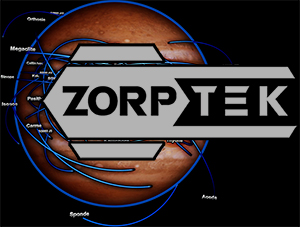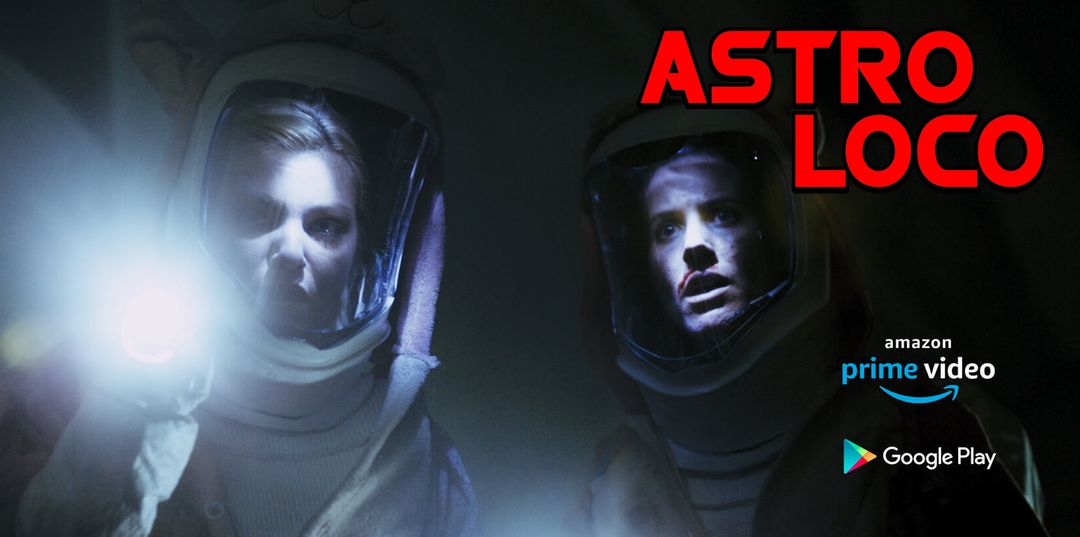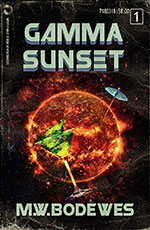 Client
: Zorptek [ A wholly owned Subsidiary of Multi-Global Hyper-Mc-Mega-Cola™Corp's Mining and Aquistions Arm ]
Client
: Zorptek [ A wholly owned Subsidiary of Multi-Global Hyper-Mc-Mega-Cola™Corp's Mining and Aquistions Arm ]
Medium : Digital
image manipulation :
Original art : 67cm by 93cm @ 300dpi
Created in Adobe Photoshop 03-05-2021 A.D. Primary designer credit for the ARAYA (long haul sub-light galaxy class carrier ) : Michael Chrisanthopoulos
Design Notes
: The Astro Loco Film Poster had to be built fast. It's 2021 and its a different kind of Space Odyssey. The design was inspired in part by ACE GARP TRUCKING CO. from legendary brit comic 2000 AD along with the film SPACE TRUCKERS (1996) zipping around in my head while flashes of RED DWARF (its cold outside theres no kind of atmosphere) bounced off old Skool DR. WHo whilst re-exploring the enigma that is MOJO NIXON (about one half of the Astro Loco Soundtrack...) After the artwork concept was cleared by the director with a distinct lack of :
" I have a clear vision of the deep loneliness inherent in the vastness of interplanetary travel that must effectively cconvey its dark humourous core" pretty much it was:
"The space ships flying so fast it warps in half... Whadaya think ? No time to hear you think- that's the concept "
A Movie tie-in novel is a work of fiction based on a media property such as a film or television series, altho nothing is stopping them from creating one for a board game, website or role-playing game. Tie-ins are authorized by the owners of the original property and are used primarily as a form of cross-promotion to generate additional income from the said property and to promote public interest.
According to Films into Books: An Analytical Bibliography of Film, Novelizations, Movie and TV Tie-Ins one of the first mainstream talkies to get the book treatment was King Kong (1933). As the film industry continued to grow, publishers began producing more of these properties. The late 1970s, saw studios reaping the benefits of massive global franchises, including that Star Wars film and Ridley Scott's Alien (1979), both of which had novelizations that sold absolute millions of copies.
The film tie-in novelisation is something of a lost art these days. Back in them thar ’80s, you would have to wait months, even years, before your favourite film appeared on commercial TV coz no cable or streamin' nor was it readily available to rent on VHS or Beta, back when 'video' was only starting to be understood by Gen-X kids as consumer-level analogue magnetic tape, in the days before the format wars... the book-of-the-film was often the only way to revisit that world briefly glimpsed across the silver screen (the other option was the comic book adaptation .....whatever..... with the film poster blu-taced to your wall and the soundtrack slowly distorting on your ghetto blaster). Generally written by accomplished writers based using an early draft of the film's script and to a tight deadline.
Everything from Howard the Duck (1986), to Ferris Bueller’s Day Off (1986) to Batman & Robin (1997). Today, tie-ins are mainly reserved for science-fiction and fantasy films––tent poles that translate easily into other media and come with built-in audience interest.
The visual relationship between the film/television show and its novelization is important, especially at the bookseller level, when customers who might not have been aware of the existence of the book can happen upon it by recognizing the familiar book title font or artwork on the jacket. For that reason, tie-in editions are re-jacketed to reflect the marketing campaign of the related film or TV show. When the stars of the screen are hugely popular, the most "selling" jacket tie-in will incorporate photos of the film’s stars (the Twilight series (gurk!) is a shining example of this).
Sometimes the tie-ins can get weird --Case in point: The movie tie-in novel of E.T the Extra Testicle... (coff)... terrestrial by William Kotswinkle spends roughly half the book is from inside E.T.’s head, which gets a little interesting as the wrinkly little guy gets the hots for Elliott’s mum… Yes, really. He names her the ‘Willow Creature’ and watches her wistfully while she sleeps, in a not-at-all pervy way. Peeking in windows is a theme of the book, as it’s exactly what gets the little brown dude in all this trouble in the first place.
The novelization for Gremlins (1984). Although the original screenplay was written by Chris Columbus (whom you’re likely familiar with from his work on franchises like Home Alone and Harry Potter, as well as the script for The Goonies (1985) – which gets frequent double-billing alongside this film), the duties for adapting it into a novel-length version eventually fell to George Gipe. As it turns out, Gipe was the writer behind several other movie novelizations, including Back to the Future, but when working on Gremlins he apparently improvised a lot of detail without having seen the final film – and as far as director Joe Dante is concerned, it’s not officially canon considering how much it deviates from the franchise. That all being said, what the Gremlins novelization does have to offer is some of the wackiest, wildest epiphanies to ever grace our eyeballs when it comes to our furry friends called Mogwai. For starters, they can speak – and not only do they speak, but they also have very articulate conversations. Seriously. Some of that dialogue between Gizmo and Stripe is darn near Shakespearean, and we haven’t even gotten anywhere near the book’s reveal that the Mogwai are apparently from space. That’s right: SPACE. According to Gipe, the Mogwai were ordered by some mysterious “galactic powers” to travel to every inhabitable planet in the universe to “inspire alien beings with their peaceful spirit and intelligence and to instruct them in the ways of living without violence and possible extinction.”
Francis Ford Coppola’s Dracula (1992) was based on a book. ya might have heard of it, same title minus the Coppola tag. So there’s no need to write a tie in novelisation, right? ....nup ... So when the film came out, you could buy the legendary original Bram Stoker novel. Or you could buy the novel, based on the James V Hart screenplay, which in turn was based on, er, the Bram Stoker novel. ...Similarly, the Mar's based Cinematic SCI-FI Classic Total Recall (1990) is loosely based on the 1966 Philip K. Dick short story "We Can Remember It for You Wholesale". Piers Anthony was brought in to blend what’s an original screenplay with the source material it’s supposed to be based on. He doesn’t have enough to work with to pull that off – or rather, he’s too contractually beholden to the film to be able to get much Philip K. Dick into the book – but this is still a clever sci-fi yarn. It certainly strips out all the Verhoeven craziness, although of course, that might be something you very much miss... “I learned how crazy the movie industry could be,” Anthony told Empire a couple of years ago, “and how ignorant scriptwriters could be. They had things like the hero wiping out 13 of the 12 thugs who came at him; holding radio dialogues with folk on Mars with no time delay. There was no background on the formidable alien equipment on Mars, so I developed that on my own, and I borrowed freely from the original Phil Dick story to add more of his original material to the novel.
Max Allan Collins, who’s written novelizations for Air Force One and Saving Private Ryan among others, faced difficulties back in 2002. He wrote the novelization of Road to Perdition, which was based on his graphic novel; even though Collins was the reason the movie existed in the first place, he was forced to write a novel based exclusively on the film. “I couldn’t write anything about the characters that I had created that wasn’t in the script,” says Collins. “It’s one of the great frustrations of my career. I turned in about a 90,000-word novel that kind of fleshed everything out and brought it in sync with the graphic novel. I was very proud of it. And after it was cut, it was about 40,000 words, and that was not pleasant."
Digital publishing leaves the future of novelizations very much up in the air. there seems to be a hope that the industry will continue to grow. “You might be looking at an enhanced e-book or an app,” speculates Dave Rupert, senior vice president of global publishing at Warner Bros. consumer products. “If you start to think about how a property can use digital publishing to expand into side stories, connect bridges, and follow-up novels, the format can become a lot more interesting and engaging.”
Soundtrack (music to draw
starfields to) : Mojo Nixon -
all of them














